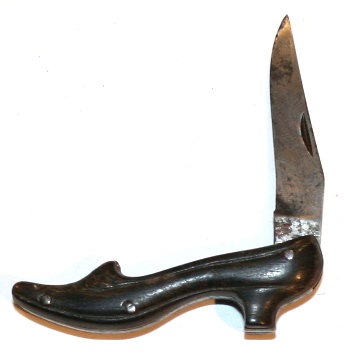"”¦ He blows through his rifle to ascertain that it is clear, examines his flint, and thrusts a featther into the touch-hole. To a leatthern bag swung at his side is attached a powder-horn; his sheath-knife is there also; below hangs a narrow strip of homespun linen. He takes from his bag a bullet, pulls with his teeth the wooden stopper from his powder-horn, lays the ball in one hand, and with the other pours the powder upon it until it is just overtopped. Raising the horn to his mouth, he again closes it with the stopper, and restores it to its place. He introduces the powder into the tube; springs the box of his gun, greases the "patch" over with some melted tallow, or damps it; then places it on the honey-combed muzzle of his piece. The bullet is placed on the patch over the bore, and pressed with the handle of the knife, which now trims the edge of the linen. The elastic hickory rod, held with both hands, smoothly pushes the ball to its bed; once, twice, thrice has it rebounded. The rifle leaps as it were into the hunters arms, the feather is drawn from the touch-hole, the powder fills the pan, which is closed. “Now I’m ready,” cries the woodsman”¦."







